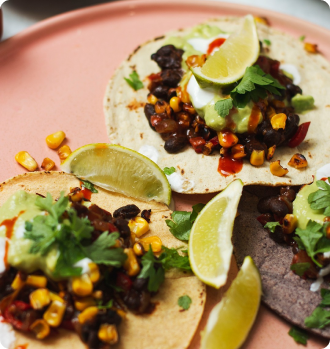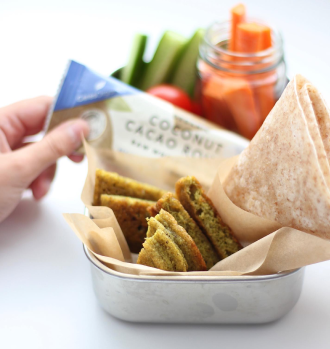
Can oats be gluten free?
There’s a lot of confusion around oats and whether they can actually be gluten-free or not – well, in New Zealand and Australia, oats cannot be classed as gluten-free. To understand why, we’ll look at what gluten actually is, Coeliac versus non-Coeliac gluten sensitivity and legal definitions for labelling.
What is gluten anyway?
Gluten is used to describe a prolamin protein fraction that affects those with Coeliac disease. This gluten fraction is called gliadin in wheat, hordein in barley and secalin in rye. And this is where there tends to be confusion with oats, which contain a protein strain similar to these called avenin. Oats are also prone to cross contamination with gluten containing cereals, including wheat, barley and rye. If you’ve ever seen products or recipes like ‘gluten-free oats’ or ‘gluten-free cookies’, this refers to oats that have been grown and processed without coming into contact with these cereals. This sort of labelling is okay in many places around the world – more on that later. But it isn’t the same in New Zealand or Australia, where instead the term “gluten-friendly” is sometimes assigned.
What is Coeliac disease?
Coeliac disease is an autoimmune condition characterised by some pretty awful gastrointestinal symptoms like bloating, vomiting, gas, diarrhoea, constipation, unintentional weight loss and anaemia. When people with Coeliac disease eat foods containing gluten, their body makes antibodies that attack gluten, causing damage to the small intestine. This inflammation and subsequent damage of the small intestine is responsible for the symptoms above. Avoiding all forms of gluten is absolutely necessary for people with Coeliac disease – understandably. Any damage to the small intestine impacts the body’s ability to absorb vitamins, minerals and other nutrients – leading to nutritional deficiencies and a whole other set of issues to deal with. For information of diagnosis, visit Coeliac New Zealand.
Coeliac disease versus non-coeliac gluten sensitivity
Coeliac disease is an immune-mediated condition in which the body responds abnormally to dietary gluten, resulting in inflammation and damage to the small bowel mucosa. While the avenin protein is tolerable by the majority people with Coeliac disease, research has shown that approximately one in five people with coeliac disease react to uncontaminated oats. Because of this, under the Australia New Zealand Food Standards Code, oats and products containing them, are not permitted to be labelled as ‘gluten-free’. And the current advice from Coeliac New Zealand is that people with coeliac disease should not consume oats, as it’s impossible to know who will have a reaction until it happens or they have been tested.
Non-coeliac gluten sensitivity however is a different situation. It describes people who report gastrointestinal symptoms that improve by excluding gluten from the diet but who have no demonstrable small bowel mucosal damage when exposed to gluten. People with non-coeliac gluten sensitivity (those with gluten sensitivity who have tested negative for Coeliac disease) may experience similar symptoms to those with Coeliac disease. They just don’t have the same antibody response, inflammation and mucosal damage that you find in people with Coeliac disease. So, understandably, someone with gluten sensitivity is probably going to feel better on a gluten-free diet. Chances are they can probably have oats too and it won’t be an issue. So, legally speaking, oats cannot be labelled as gluten-free in this part of the world.
Back to the ‘gluten-free oats’. You’ll find that while these exist in places like the United States, but you won’t find oats labelled ‘gluten-free’ in New Zealand or Australia. Because by our standards oats are not considered gluten-free. Under the Australia New Zealand Food Standards Code, oats and products containing them are not permitted to be labelled gluten-free. Period. For this same reason, an oat-containing product labelled ‘gluten-free’ from the United States for example might be labelled ‘wheat-free’ or ‘gluten-friendly’ in New Zealand and Australia.





